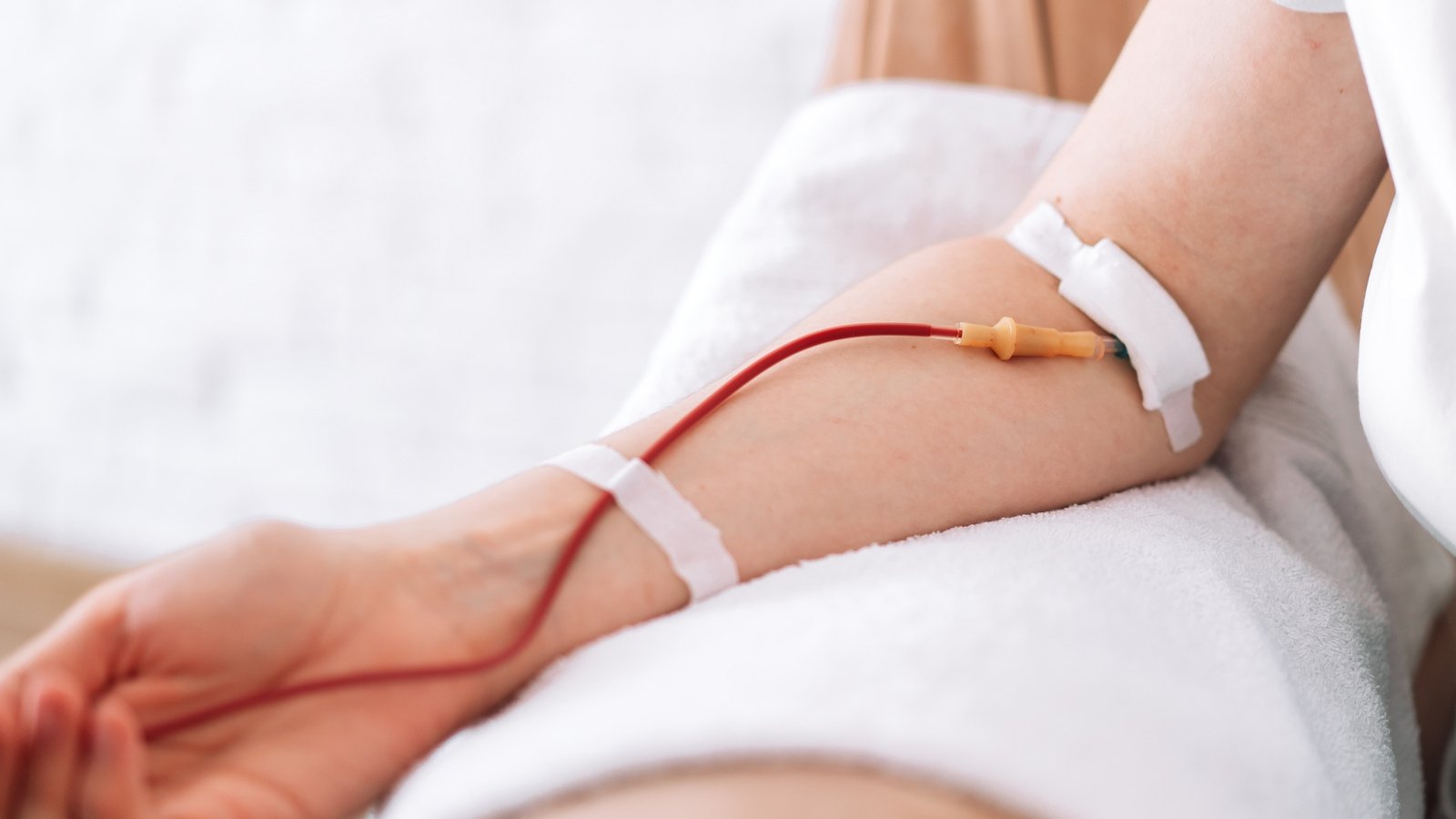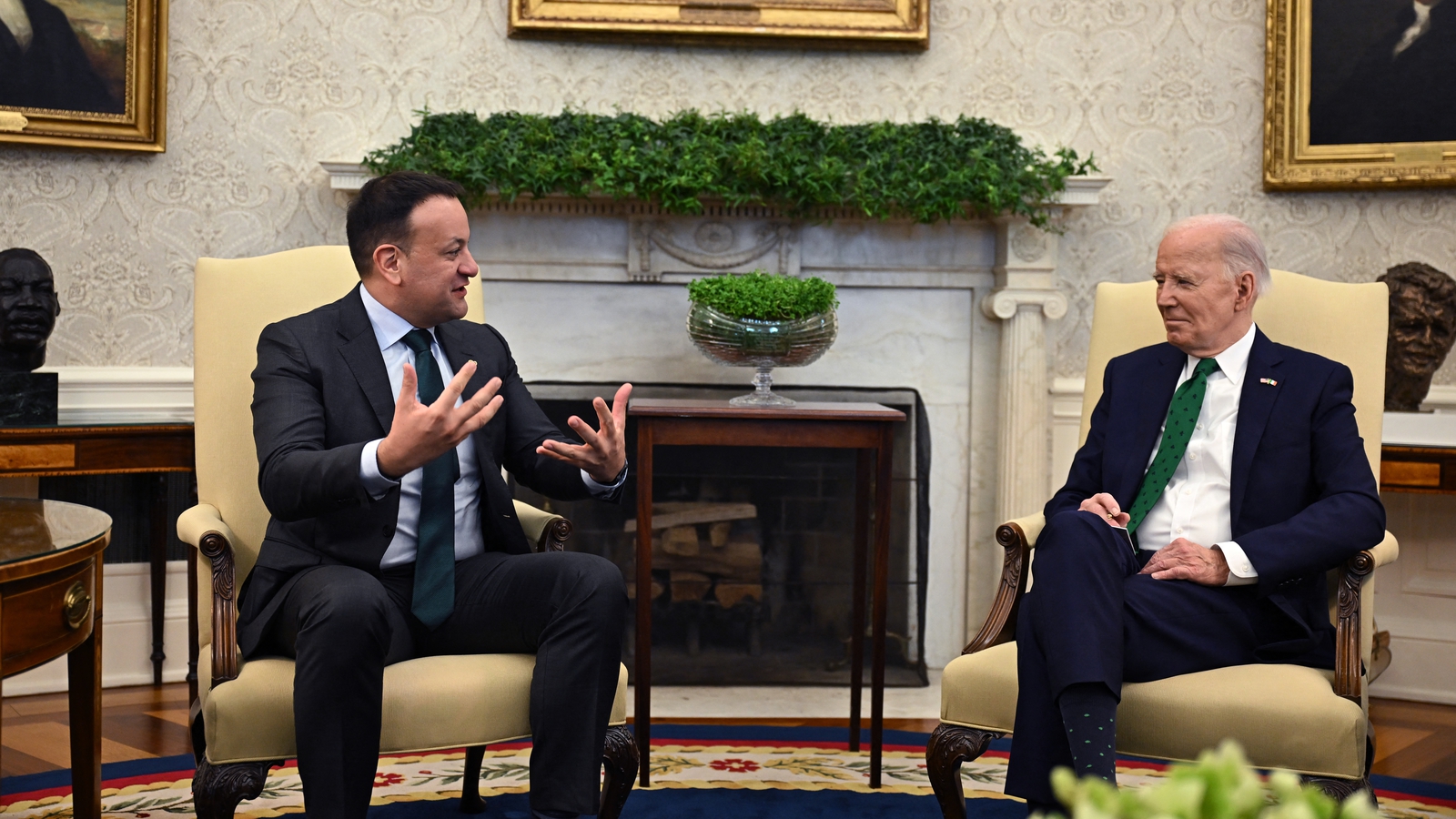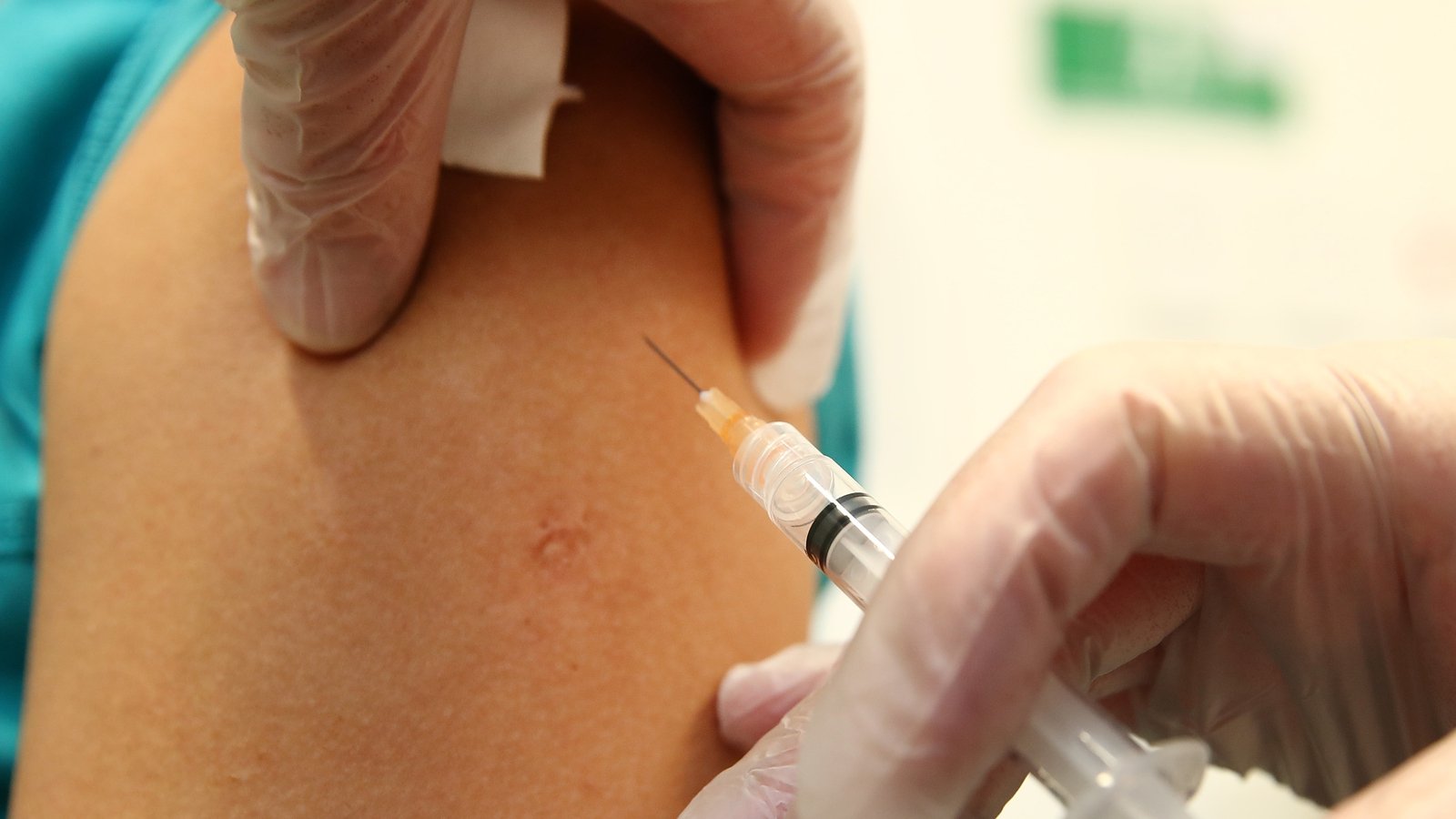Tourist beds used for refugee and asylum seekers down 15%
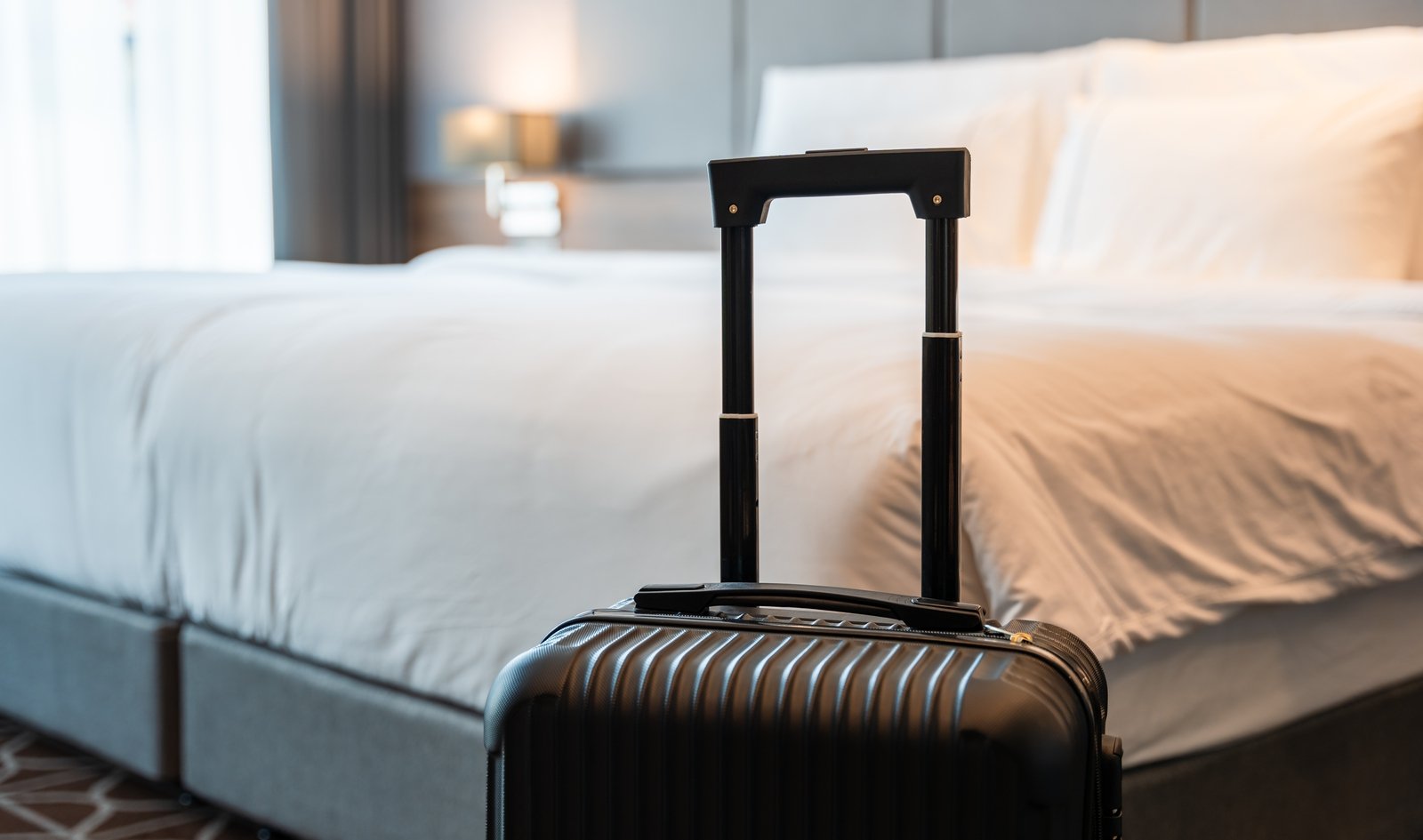
The number of registered tourist beds being used to house Ukrainian refugees and international protection applicants has fallen by over 15% in the past six months, according to Fáilte Ireland.
Research carried out by the National Tourism Development Authority revealed that since November over 4,500 extra beds provided by guest accommodation providers have potentially become available again for use by tourists.
The latest figures show 77,315 beds remained under contract to the Government to house refugees and asylum seekers at the end of last month, down from 84,497 six months ago.
They include over 25,079 beds located with accommodation providers registered with Fáilte Ireland, with the vast majority in hotels and guesthouses.
Over 52,200 beds in other establishments are also under contract with the Government, which is down from over 54,900 six months earlier.
The overall number of beds sourced from all types of providers to house beneficiaries of temporary protection (mostly Ukrainians) and international protection applicants is down 8.5% in the past six months.
The figures are based on data provided by the Department of Children, Equality, Disability, Integration and Youth.
The updated statistics mean that the total number of registered tourist beds under contract nationally has fallen from 12% in November to 10% now.
The increase in tourist beds available for holidaymakers at the start of the summer season is expected to be welcomed by tourism businesses which had expressed concern about the Government being over-reliant on the tourism sector for housing refugees and asylum seekers.
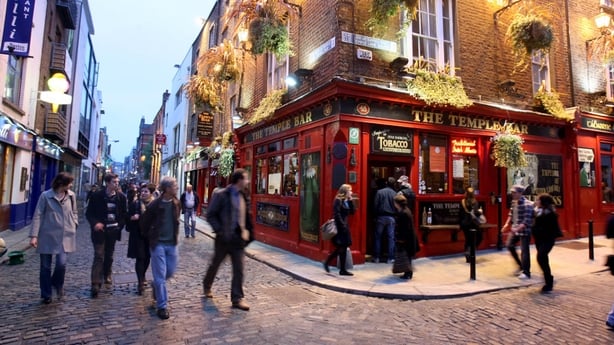
The Irish Tourism Industry Confederation warned last year that a shortage of tourism beds due to Government contracts represented “a major handbrake on recovery” for the sector.
Commenting on the latest figures, Fáilte Ireland said: “At face value the results are very positive for tourism.”
It claimed the figures suggested that 4,507 registered beds that are no longer contracted to the Government could come back into tourism usage together with a share of 2,675 non-registered beds.
However, Fáilte Ireland said the results raised questions about the proportion of such beds that would actually be available again for the tourism sector.
It claimed there were also issues over when they would become available and in what condition.
The tourism body said further research would be needed to get a better understanding of these issues and their implications for the Irish tourism market.
The latest research shows that a disproportionately high share of tourist beds in some counties are being used to house refugees and asylum seekers.
Figures reveal that 25% of registered bed capacity in Clare is out of use for tourism. However, this share is down from 33% six months ago.
It is the only county where more than 20% of tourist beds are not available for guest accommodation.
Other counties with above-average levels of tourist accommodation contracted to house refugees and asylum seekers are Co Meath (19%), Co Louth (19%), Co Mayo (17%) and Co Wicklow (16%).
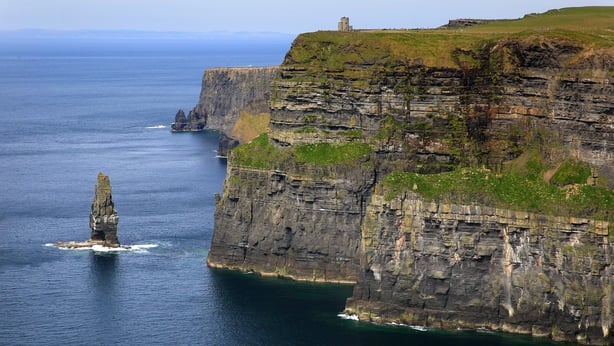
Areas with the lowest proportion of tourist beds unavailable for the traditional tourist market are counties Kildare (2%), Carlow (3%), Monaghan (3%) and Wexford (4%).
The figures in other important tourist regions are 6% for Co Galway, 9% for counties Dublin and Kerry and 11% for Co Cork.
According to Fáilte Ireland, approximately two-thirds of beds under contract for housing refugees and asylum seekers are in unregistered premises.
However, the company estimates that around 26,000 such beds are in establishments which could be tourism related.
Fáilte Ireland has estimated that the tourism revenue at risk from guest accommodation being unavailable to holidaymakers this year could be as high as €1 billion.
If the impact was just confined to tourist beds registered with Fáilte Ireland, the minimum effect of “displaced bed stock” of over 25,000 beds for the tourist sector is calculated at €650 million.
The figures relate to the loss of potential tourism spending outside of the accommodation sector.

